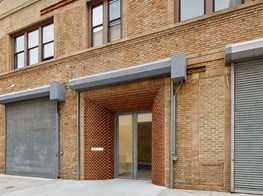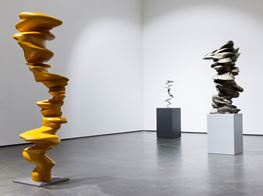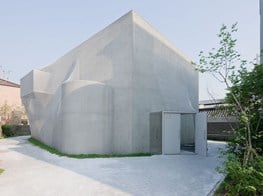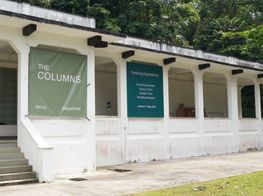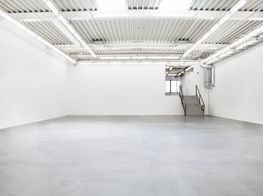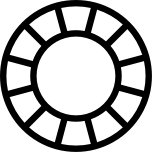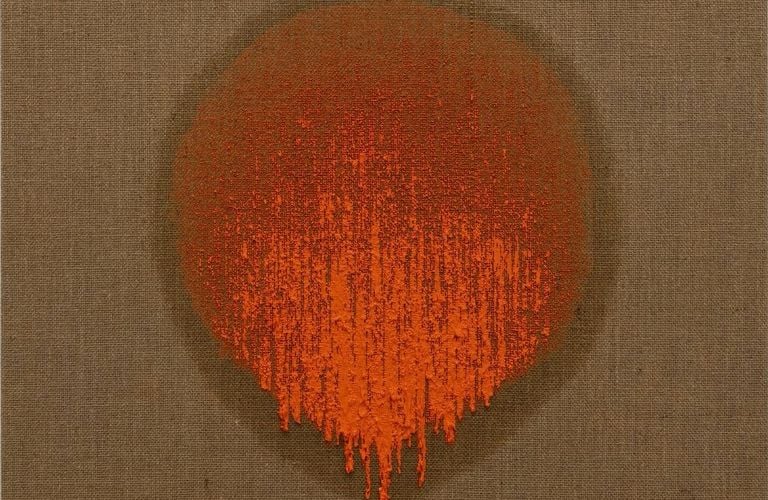
Ha Chong-Hyun
Graduating from Hongik University in Seoul in 1959, Ha Chong-Hyun was at the forefront of a generation of artists seeking to define what it meant to be avantgarde in a country weighed down by Japanese imperialism and suffering from the ravages of war.
Since the 1960s, Ha Chong-Hyun has developed a method called bae-ap-bub (back-pressure method). Using the loosely woven, tan-coloured fabric of burlap sacks as his base material, oil paint is lavishly applied to the back of the canvas and pushed through the weave, allowing it to surrender to gravity.
Together with artists including Park Seo-bo, Lee Ufan, Kwon Young-woo, Ha's practice has been attributed to the Dansaekhwa movement, which developed in South Korea in the mid-1970s.
I push paint from the back to the front of hemp cloth. I was interested in creating a whole new method of creating that involved both the back and front of the surface.
– Ha Chong-Hyun
Turning to the materials that surrounded them—such as barbed wire, flour, newspapers—and drawing on French Art Informel movement, their work has been characterised by abstracted and pared-back, neutral colours.
Since first showing his painting method in 1974, Ha has seen his works as a 'Conjunction'. In conversation with Ocula Magazine, Ha explained, 'conjunction' is 'really the essence of my work: the conjunction between the materials—oil paint and hemp cloth—and my spirit and performance.'
Ha continues to experiment with the variables within this process, with two recent exhibitions on view at Almine Rech in London (6 October–14 November 2020) and Daejeon Museum of Art (29 September–20 December 2020), demonstrating the artist's continued material experimentation. —[O]
Main image: Ha Chong-Hyun, Conjunction 19-06 (2019). Oil on hemp cloth. 227 x 182 cm. Courtesy the artist and Almine Rech. Photo: Melissa Castro Duarte.






